Sony waited four years before releasing a successor to the A6600, and although they introduced the ZV-E10, an APS-C camera aimed at vloggers and YouTubers in the meantime, we were eagerly anticipating the revival of the A6xxx line-up with a more versatile photo/video hybrid camera.
Now that the wait is finally over, let’s delve into the ten key differences between these two products.
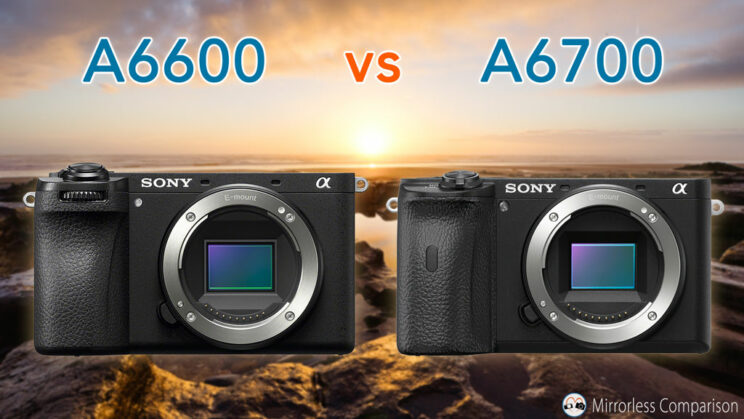
Ethics statement: the following is based on our personal experience with the A6600 and official information for the A6700. We were not asked to write anything about this product, nor were we provided any compensation of any kind. Within the article, there are affiliate links. If you buy something after clicking one of these links, we will receive a small commission. To know more about our ethics, you can visit our full disclosure page. Thank you!
1. Sensor
The A6700 inherits the same APS-C sensor found in the FX30, boasting 26 megapixels and a backside-illuminated design (BSI). On the other hand, the A6600 features an older sensor without BSI, albeit with a similar resolution of 24.2MP.
Both cameras offer identical ISO ranges, with a normal range of 100-32,000, and extended values from 50 to 102,400.
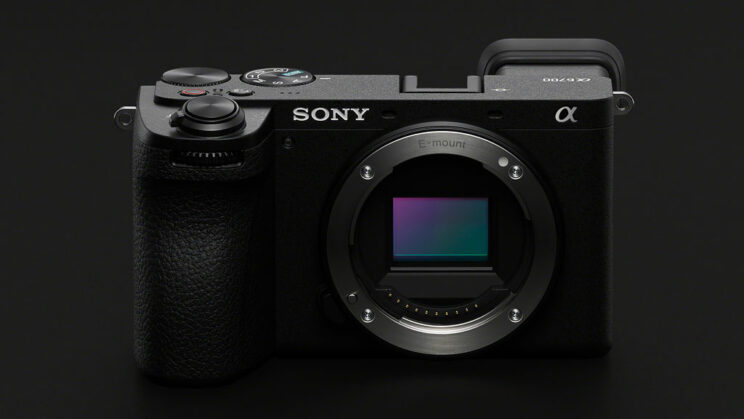
The A6700 stands out with its newer and faster image processor, along with a dedicated A.I. processing unit for advanced subject detection capabilities. This chip was introduced earlier in the year with the A7R V full-frame camera.
Considering the four-year gap in release, the “700” model receives several additional upgrades. For instance, it introduces new Creative Looks image profiles that replace the older Creative Styles found in the A6600. These profiles are thoughtfully designed for both photo and video applications. Additionally, users can now opt for Lossless Compressed RAW or the HEIF format, enabling the recording of 10-bit 4:2:2 stills instead of the standard 8-bit JPGs.
2. Autofocus
The autofocus capabilities of the A6700 undergo significant enhancements. Firstly, it boasts an increased number of phase detection points, with 759 compared to the A6600’s 425. These points also cover a larger portion of the sensor, accounting for 93% compared to the A6600’s 84%.
As previously mentioned, the AI processing unit plays a crucial role in boosting performance. The A6700 excels in subject detection, with the ability to identify people (body, face, head, and eyes), animals and birds (body, face, eyes), various vehicles, and even insects. These specifications align with those found in the A7R V and ZV-E1 full-frame models.
Furthermore, the A6700 introduces improved detection of smaller subjects and more efficient tracking, even in challenging situations such as backlit scenes.
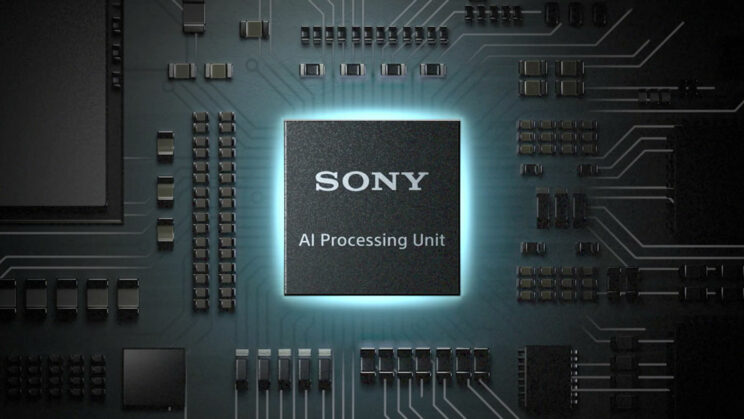
In comparison, the A6600 can track the face and eyes of human subjects and the eyes of select animals. However, it lacks the ability to recognize birds and doesn’t provide options for vehicle detection. Additionally, eye autofocus only functions for people in video mode.
Another improvement lies in low-light performance. The A6700 is capable of functioning in conditions as dim as -3EV, while its predecessor, the A6600, could operate only down to -2EV. It’s important to note that both values are measured using an f/2 lens.
3. Buffer
Both cameras offer the same maximum continuous shooting speed of 11 frames per second (fps). Unlike some other cameras like the Canon R7 or Fujifilm X-T5, this speed remains consistent when switching to the electronic shutter.
While the burst speed remains the same, the difference lies in the buffer memory capacity.
The A6700 boasts an impressive buffer memory that can accommodate approximately 1,000 JPG files in Fine compression. This means it can sustain the maximum shooting speed for approximately 90 seconds. In contrast, during testing, the A6600 managed only about 11 seconds of continuous shooting (equivalent to 121 frames).
However, when shooting in RAW format, the A6700’s buffer memory can hold approximately 59 compressed RAW files, allowing for approximately 5.4 seconds of continuous shooting. This represents a slight improvement over the A6600, which could capture approximately 44 frames (or 4 seconds) before the buffer filled up.
4. Video
The A6700, sharing the same sensor as the video-oriented FX30, brings substantial improvements in the realm of video recording as well.
The new model allows for 4K video recording up to 60p with a negligible 1.04x sensor crop. Additionally, there is an option for 4K recording at 120p, albeit with a more significant 1.58x sensor crop, which results in a noticeable change in the field of view.
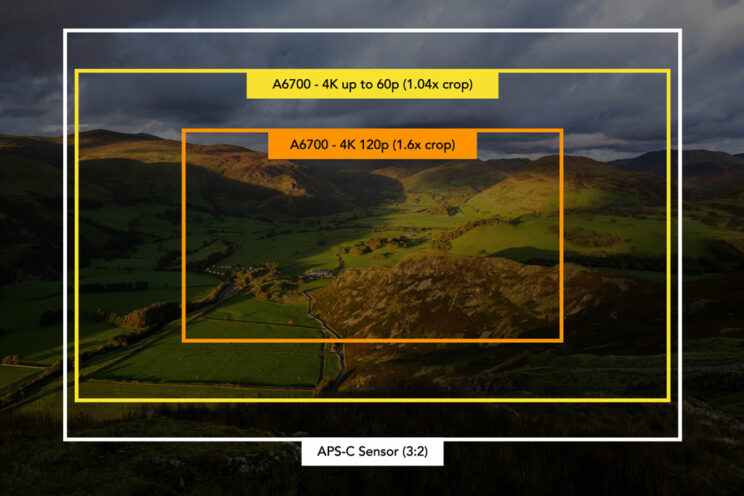
These specifications are a significant upgrade compared to the A6600, which offers 4K recording at 24/25 fps without any crop and 4K recording at 30p with a 1.2x sensor crop.
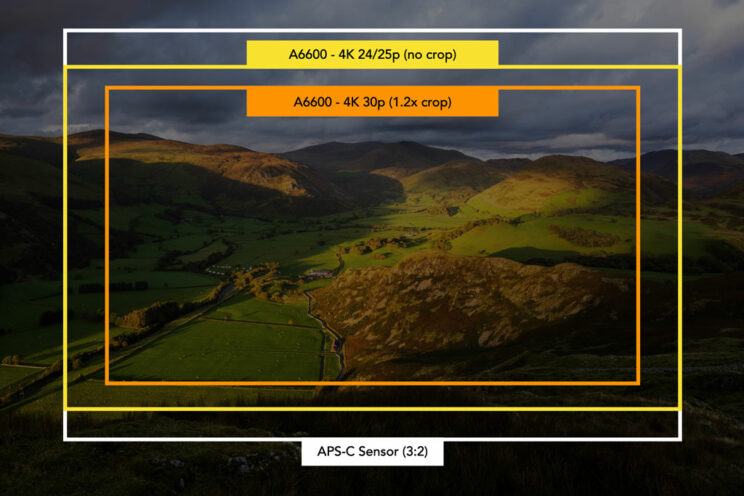
The A6700’s new sensor features a dual base ISO design, providing two nominal values (ISO 800 and 2,500) when recording in S-Log.
In terms of profiles, the new camera inherits the latest additions such as S-Cinetone. What’s even more exciting is that the A6700 allows for internal recording in 10-bit 4:2:2, with a maximum bitrate of 600Mbps when utilizing the All-Intra compression.
Other noteworthy features found in the A6700 include custom LUTs and breathing compensation (compatible with select Sony lenses).
Neither camera has a recording limitation, barring restrictions imposed by the ambient temperature.
Here’s a recap of the key video specifications:
A6600
A6700
4K 120p
n.a.
1.58x crop
4K 60p
n.a.
1.04x crop
4K 30p
1.2x crop
(no crop at 24/25p)
1.04x crop
Bit Depth (int.)
8-bit 4:2:0
10-bit 4:2:2
Profiles
HLG
S-Log2 / 3
HLG
S-Log2 / 3
S-Cinetone
Bitrate
100Mbps (LongGOP)
600Mbps (All-I)
Bitrate
4K 60p
170M (8-bit)
340M (10-bit)
170M (8-bit)
340M (10-bit)
5. Image Stabilisation
Both the A6600 and A6700 come equipped with 5-axis image stabilization, offering a compensation rating of 5.0 stops.
The notable upgrade in stabilization comes in the realm of video. The A6700 features Active SteadyShot, which is electronic stabilization specifically designed to enhance quality during dynamic camera movements. Furthermore, users have the option to further stabilize their footage during post-processing using Sony Catalyst software.
6. Extra Features
The A6700 incorporates many of the additional features that Sony has introduced with its recent products. In addition to the mentioned breathing compensation for video, here are some other noteworthy features:
- Shutter speed: The A6700 offers a faster 1/8000s with the electronic shutter, compared to the A6600’s limit of 1/4000s.
- Focus Bracketing: This feature allows for capturing multiple shots with varying focus distances, which can later be stacked and combined using Sony’s Imaging Edge software.
- Variable Shutter: The A6700 provides the ability to adjust the shutter speed in smaller steps, applicable to both stills and video shooting.
- Auto-Framing: This function automatically tracks a person within the field of view, dynamically adjusting the composition by cropping the frame. This creates the impression of a camera operator panning left and right to follow the subject.
- Timelapse: Capture time-lapse videos directly within the camera and save them to the SD card.
- Screen Reader Function: The A6700 introduces the unusual screen reader function, where a recorded voice reads out various settings and options within the camera’s menu to further assist the photographer.
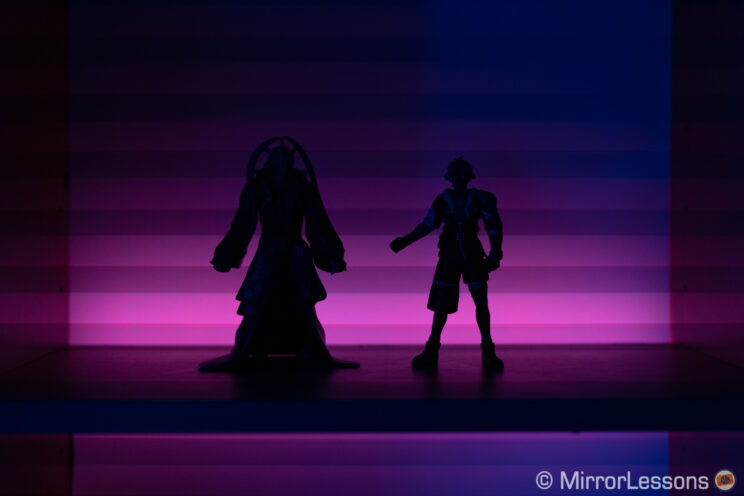
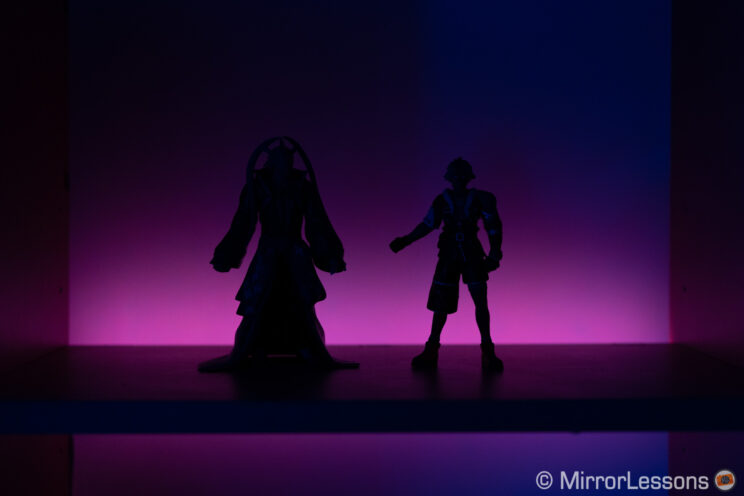
7. Design
The A6700 exhibits a slightly larger size compared to its predecessor, although it is marginally lighter. Both cameras maintain dust and moisture resistance and are constructed with a durable magnesium alloy frame.
- A6600: 120 x 66.9 x 69.3mm, 503g
- A6700: 122.0 x 69.0 x 75.1 mm, 493g

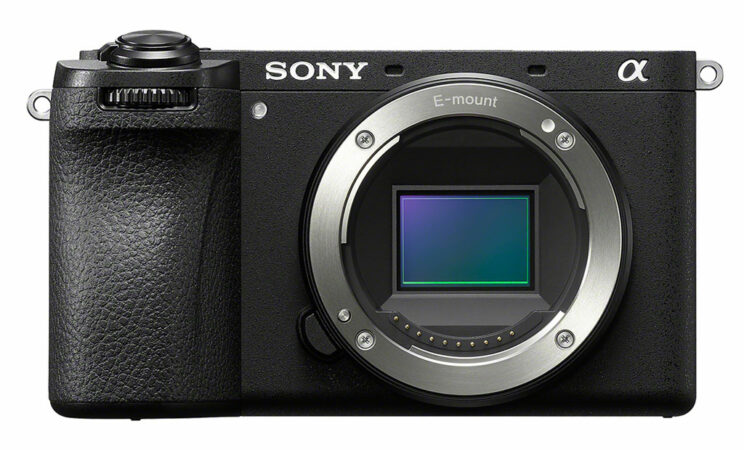
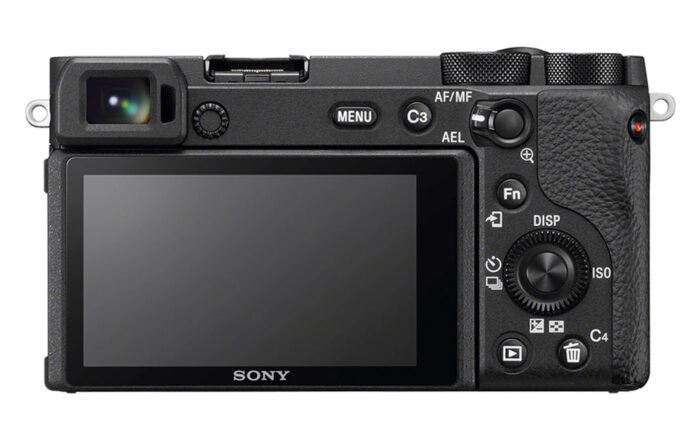
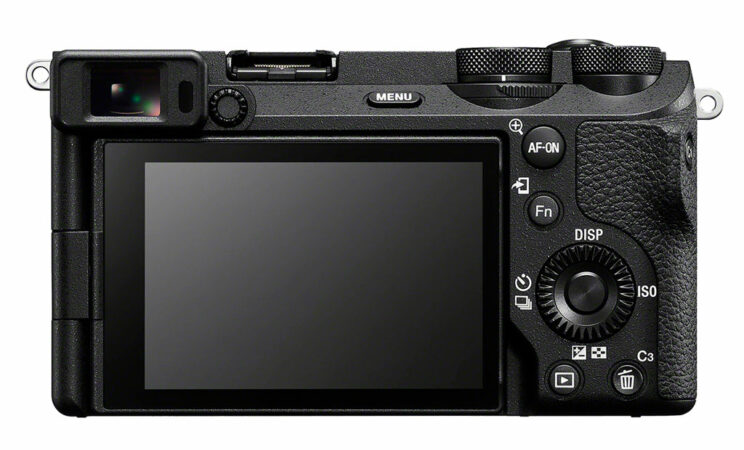
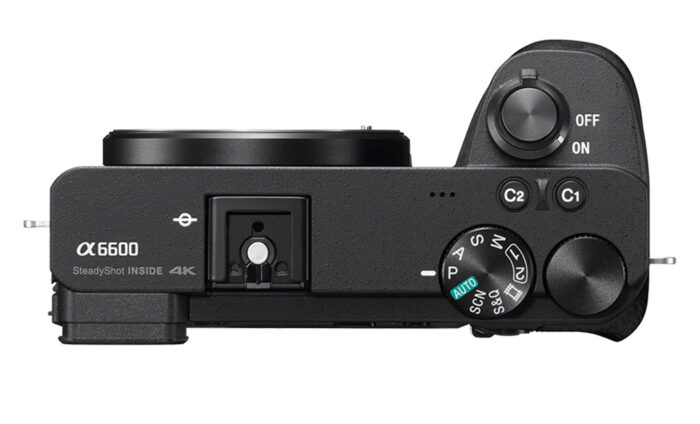
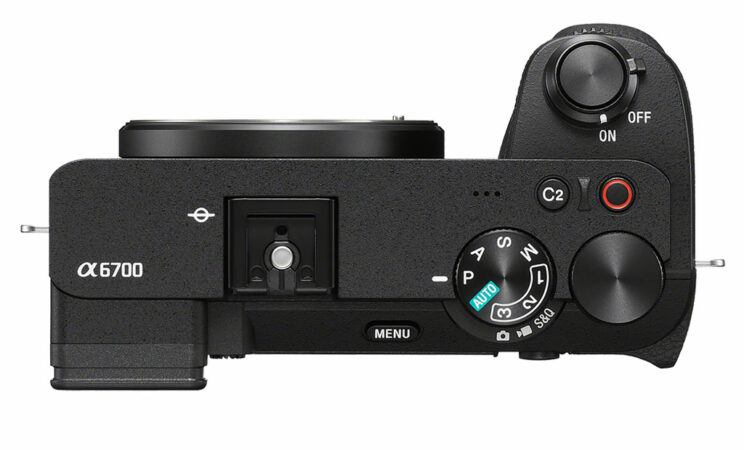
Regarding the button layout, there are notable changes. A welcome addition is the command dial located at the front on the grip, providing an extra dial to control the exposure settings, if desired.
At the rear, the lever has been removed and replaced with the AF-ON button, which can be customized according to the user’s preferences.
On the top of the camera, a significant addition is the photo/video/S&Q (Slow & Quick) sub-dial placed beneath the main dial. This allows for quicker switching between different modes, and allows separate customization of Custom Modes 1, 2, and 3 for both photo and video shooting.
8. Rear Monitor and Viewfinder
The A6600 features a 3.0-inch LCD screen with a resolution of 0.92 million dots. It can be tilted up to 180˚, making it suitable for V-logging purposes. The screen has touch sensitivity but is limited in functionality, allowing actions such as taking a picture, initiating subject tracking, or double-tapping for focus magnification.
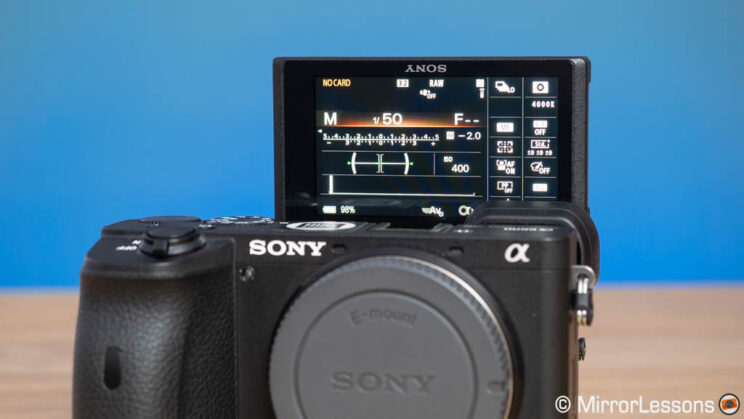
In contrast, the A6700 introduces a vari-angle mechanism, providing more flexibility in positioning the screen. Additionally, it offers a complete touch experience, allowing users to navigate the menu system, change settings, and perform other interactive functions. The menu system on the A6700 is a new version that is better organized compared to the one found on the older camera, improving user convenience. The panel resolution is only marginally better however (1.04 million dots).
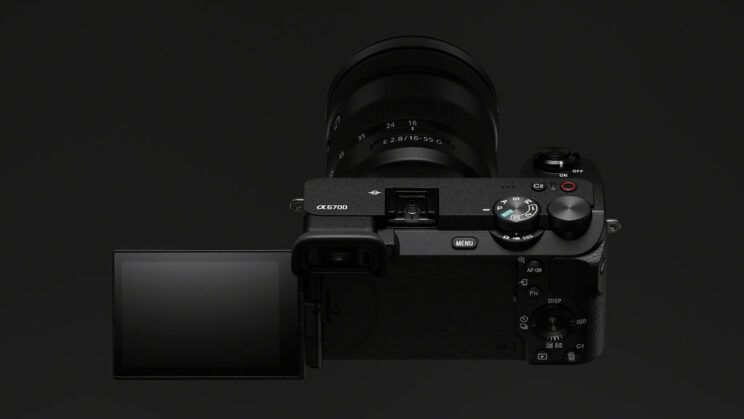
Both cameras share the same specifications for the electronic viewfinder, including a 0.39-inch OLED panel with 2.36M dots, 0.70x magnification, 22mm eyepoint, and a maximum refresh rate of 120fps. However, Sony claims that the panel on the A6700 is two times brighter, providing improved visibility and clarity when using the EVF.
9. Card, Connectors and Battery
Both the A6700 and A6600 share several common ports:
- 3.5mm microphone input
- 3.5mm headphone output
- Micro HDMI output
However, there are some differences between the two models:
The A6700 comes with a 10Gbps USB C port, which supports additional features such as plug-and-play webcam mode. There is also a new multi-interface shoe that is compatible with digital audio and select microphones.
Both cameras have a single SD card slot, but the A6700 is compatible with the faster UHS-II protocol and has a dedicated compartment on the side for easy access. In contrast, the A6600 stores the memory card at the bottom within the battery compartment.
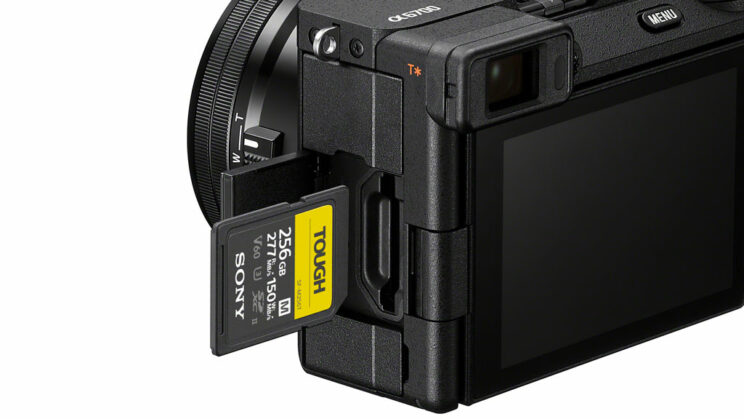
The two APS-C models use the same NP-FZ100 battery unit. However, the A6600 offers a longer battery life rating, allowing for approximately 720 frames per charge when using the electronic viewfinder or 810 frames when using the LCD screen. On the other hand, the A6700 provides approximately 570 shots with the LCD screen or 550 shots with the viewfinder.
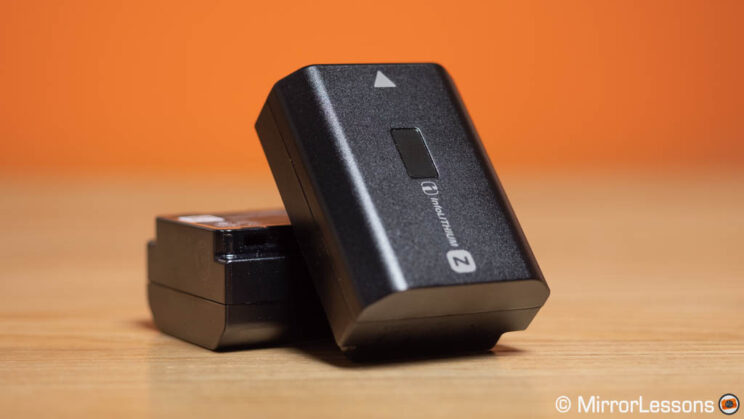
10. Price
At the time of publishing this article, the A6600 benefits from an instant rebate, resulting in a reduced price of $1000 in the United States. In Europe, the price remains the same at £1250 in the UK and €1300 in Eurozone countries.
On the other hand, the newly launched A6700 carries a retail price of $1400, £1450, and €1700 respectively.
Please note that prices may vary over time and across different regions, so it’s always advisable to check the current prices and any available discounts or promotions at the time of purchase.
Additional comparison articles:
A6600 vs A6700
Conclusion
The A6700 marks a significant update in Sony’s APS-C mirrorless lineup. With a new sensor featuring faster readout speed, the latest generation autofocus system with impressive subject tracking capabilities, and attractive video specifications, the camera brings notable advancements at its price point.
If you were specifically waiting for features like faster drive speed, two card slots, or a larger body, then you will most likely be disappointed. However, for users seeking a competitive APS-C model with enhanced performance and capabilities, the new camera is a compelling option, also considering its competitive pricing compared to alternatives such as the Canon EOS R7 and Fujifilm X-T5. Add the strong ecosystem surrounding Sony’s E-mount, and the A6700 holds promise in the market.
I wouldn’t be surprised if the A6600 eventually becomes discontinued, especially as discounts have already begun. If available at a reduced price, the older camera may still offer value, particularly if you would like to save some money to invest in a quality lens. However, if the price is similar, the A6700 would certainly be the preferred choice due to its improved features and capabilities.
Check price of the Sony A6600 on
Amazon | Amazon UK | B&H Photo | eBay
Check price of the Sony A6700 on
B&H Photo
